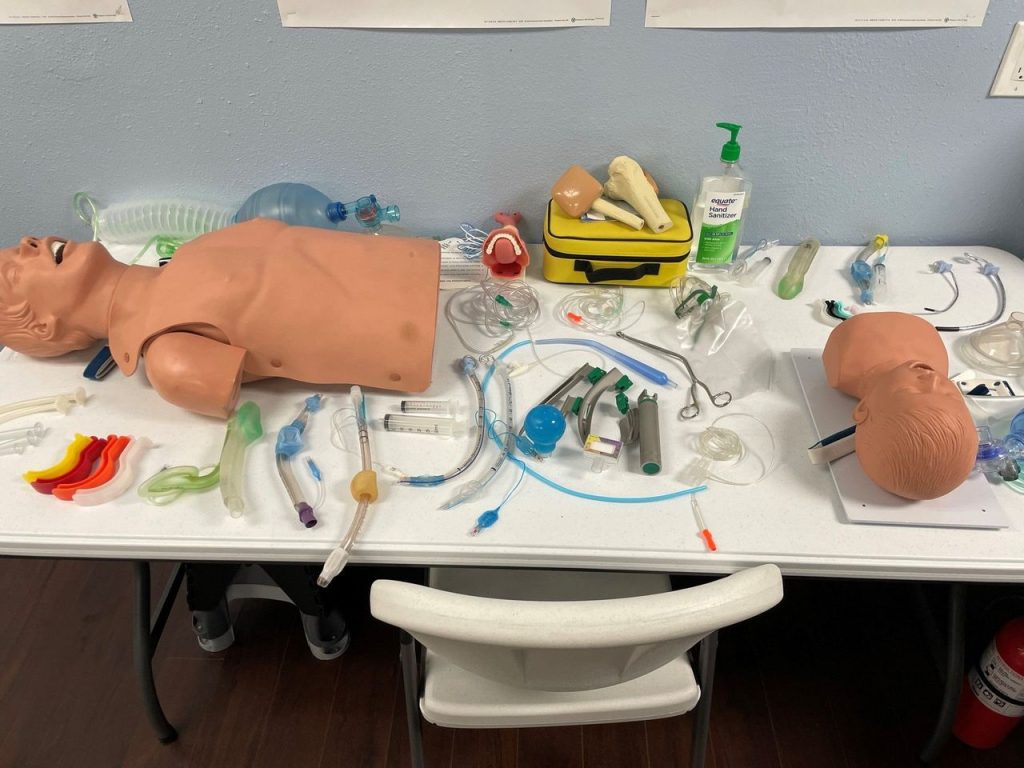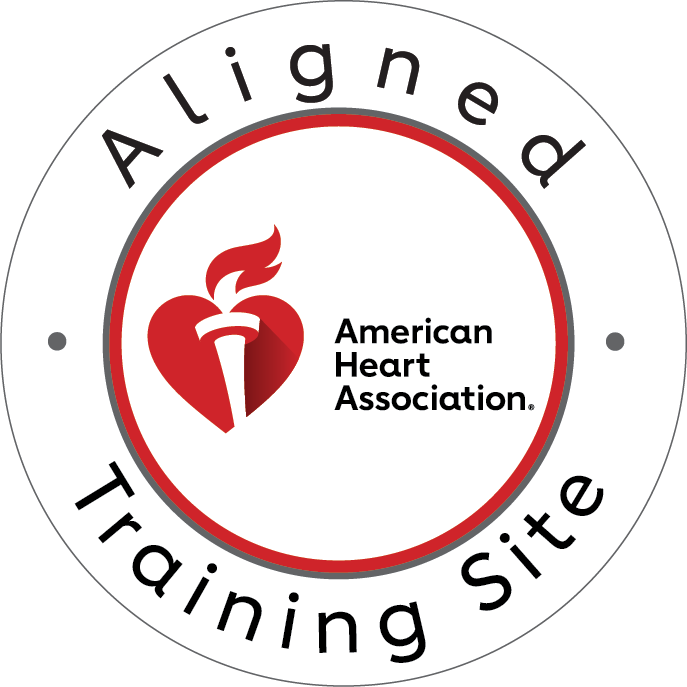You’re enjoying a peaceful day at the park when suddenly, someone collapses nearby. Their heart has stopped beating. In that critical moment, a bystander rushes forward, confidently performing chest compressions and rescue breaths. This person isn’t just a Good Samaritan – they’re a trained BLS provider, and their quick action could mean the difference between life and death.
The Crucial Role of BLS Providers
BLS, or Basic Life Support, is a fundamental set of life-saving techniques that can be the thin line between survival and tragedy in emergencies. But who exactly are BLS providers, and what do they bring to the table when every second counts?
Defining BLS Providers
BLS providers are individuals trained in essential life-saving techniques, focusing primarily on cardiopulmonary resuscitation (CPR) and automated external defibrillator (AED) use. They are the first line of defense in cardiac emergencies, capable of maintaining blood flow to vital organs until advanced medical help arrives.
Beyond the Basics: What BLS Providers Know
While the term “basic” might suggest limited knowledge, BLS providers possess a comprehensive skill set that includes:
- High-Quality CPR: Mastery of chest compressions and rescue breaths to maintain blood circulation.
- AED Operation: Proficiency in using automated external defibrillators to restart a heart in certain types of cardiac arrest.
- Choking Management: Techniques to clear airway obstructions in adults, children, and infants.
- Scene Safety Assessment: The ability to quickly evaluate and secure an emergency scene.
- Team Dynamics: Skills for effective communication and collaboration during multi-rescuer scenarios.
The Impact of BLS Providers
The presence of trained BLS providers in communities significantly improves outcomes for victims of sudden cardiac arrest and other life-threatening emergencies. Consider these compelling facts:
- Immediate CPR can double or triple the chances of survival from cardiac arrest.
- For every minute without CPR, the survival rate decreases by 7-10%.
- Effective bystander CPR provided immediately after sudden cardiac arrest can double or triple a victim’s chance of survival.
These statistics underscore the critical importance of having trained BLS providers readily available in various settings – from healthcare facilities to public spaces and private homes.
Who Should Become a BLS Provider?
While BLS skills are valuable for everyone, certain professions, and individuals are particularly well-suited to become certified BLS providers:
- Healthcare Professionals: Doctors, nurses, paramedics, and other medical staff.
- First Responders: Police officers, firefighters, and emergency medical technicians.
- Caregivers: Those working in nursing homes, assisted living facilities, or providing in-home care.
- Educators: Teachers, coaches, and school staff responsible for student safety.
- Fitness Professionals: Personal trainers, gym staff, and sports coaches.
- Parents and Guardians: Those responsible for the safety of children and family members.
- Workplace Safety Officers: Individuals tasked with maintaining a safe work environment.
The Journey to Becoming a BLS Provider
Becoming a certified BLS provider involves comprehensive training that typically includes:
- Classroom Instruction: Learning the theory behind BLS techniques and emergency protocols.
- Hands-On Practice: Extensive practice with CPR manikins and AED trainers.
- Scenario-Based Training: Simulated emergencies to apply skills in realistic contexts.
- Assessment: Demonstrating proficiency through both written and practical exams.
The Benefits of BLS Certification
Obtaining BLS certification offers numerous advantages:
- Career Advancement: Many healthcare and public service roles require BLS certification.
- Increased Confidence: The knowledge and skills to act decisively in emergencies.
- Community Impact: The ability to make a real difference in life-threatening situations.
- Personal Growth: Developing valuable skills that extend beyond professional settings.
BLS Providers in Action: Real-Life Scenarios
To truly appreciate the impact of BLS providers, consider these scenarios where their skills make all the difference:
- The Shopping Mall Hero: A BLS-trained security guard performs CPR on a shopper who collapses from sudden cardiac arrest, keeping them alive until paramedics arrive.
- Classroom Quick Thinking: A teacher certified in BLS successfully dislodges a choking hazard from a student’s airway, preventing a potential tragedy.
- Fitness Center Lifesaver: A gym employee trained in BLS uses an AED to restart the heart of a member experiencing ventricular fibrillation during a workout.
These examples illustrate the real-world impact of BLS providers and highlight why their presence is so crucial in our communities.
Maintaining BLS Provider Status
Becoming a BLS provider is not a one-time achievement. To ensure skills remain sharp and up-to-date, recertification is typically required every two years. This process involves:
- Reviewing updated guidelines and techniques
- Practicing skills with current equipment
- Demonstrating continued proficiency
Regular recertification ensures that BLS providers are always prepared to offer the most effective and current life-saving interventions.
The Future of BLS: Innovations and Trends
As medical science advances, so too does the field of Basic Life Support. Some exciting developments on the horizon include:
- AI-assisted CPR feedback devices: Tools that provide real-time guidance on compression depth and rate.
- Virtual reality training: Immersive learning experiences that simulate emergency scenarios with unprecedented realism.
- Smartphone apps: Applications that guide bystanders through BLS procedures and quickly locate nearby AEDs.
These innovations promise to make BLS more accessible, effective, and widespread, potentially saving even more lives in the future.
Be the Difference: Become a BLS Provider Today
In moments of crisis, BLS providers stand as beacons of hope, armed with the knowledge and skills to save lives. Their actions in those critical first minutes can mean the difference between a tragedy and a second chance at life.
Don’t wait for an emergency to wish you had these life-saving skills. Take action today and become a certified BLS provider. Whether you’re looking to advance your career in healthcare or simply want to be prepared to help others in need, BLS certification is an invaluable investment in yourself and your community.
Ready to take the first step? CPR Tampa, an American Heart Association training site, offers comprehensive BLS certification courses right here in Tampa. Our stress-free, hands-on classes will equip you with the skills and confidence to act decisively in emergencies.
Empower yourself to save lives – sign up for BLS certification Tampa or CPR certification Tampa with CPR Tampa today. Visit our website or call us to enroll in the next available course. Remember, the life you save could be that of a loved one. Don’t delay – become a certified BLS provider and be the hero your community needs!





